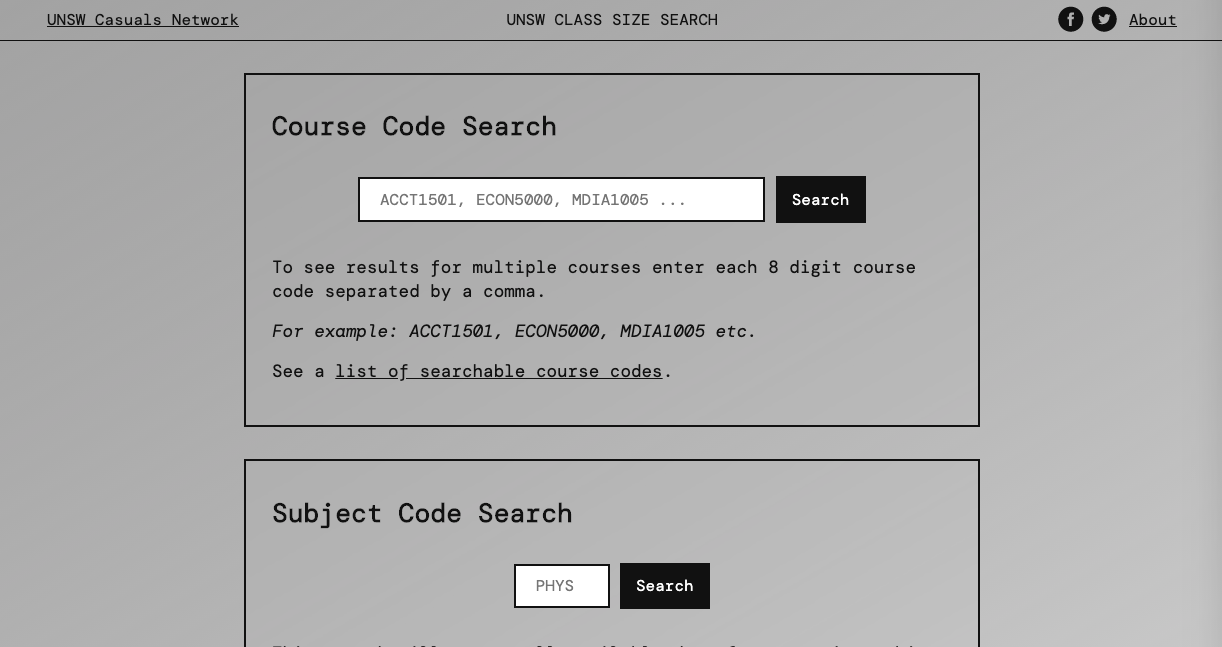UNSW Class Sizes Report and Website
A report released today by the UNSW Casuals Network shows that class sizes have increased significantly over the past year, with tutorial sizes increasing by an average of 13.8% across the university.
The report analyses data on class enrolments from 2016 to 2020, and highlights particular increases in large first-year courses in areas such as mathematics, chemistry, arts and design. Quotes from students in the report testify to how difficult it is for them to learn in these conditions: they describe huge online classes as “uncomfortable”, “impersonal”, and “a huge waste of time”.
The report is accompanied by an interactive website which allows users to search for subject and course codes and see the change in class sizes over recent years.
The biggest increases in class sizes have come in 2020, as UNSW and other universities slash budgets during the COVID-19 pandemic. Many casualised teaching staff have lost work, and almost 500 ongoing staff members at UNSW are now facing redundancies. As more staff are fired, student-to-staff ratios will further decrease, weakening UNSW’s existing low rankings on this measure.
University teaching work is overwhelmingly carried out by casualised workers, for whom bigger classes mean bigger workloads with no extra pay - in other words, more unpaid hours. As investigations into wage theft continue at a number of Australian universities, including UNSW, swelling class sizes must be addressed as a key issue driving unpaid work for casualised teaching staff.
This report builds on an earlier report that we released in April 2020 Under the Pump, Unpaid and Uncertain which documented the early impacts of COVID-19 on casualised staff at UNSW. The inquiry found high levels of anxiety and fear regarding job security and widespread wage theft, with many casual staff working more than 10 unpaid hours each week.

